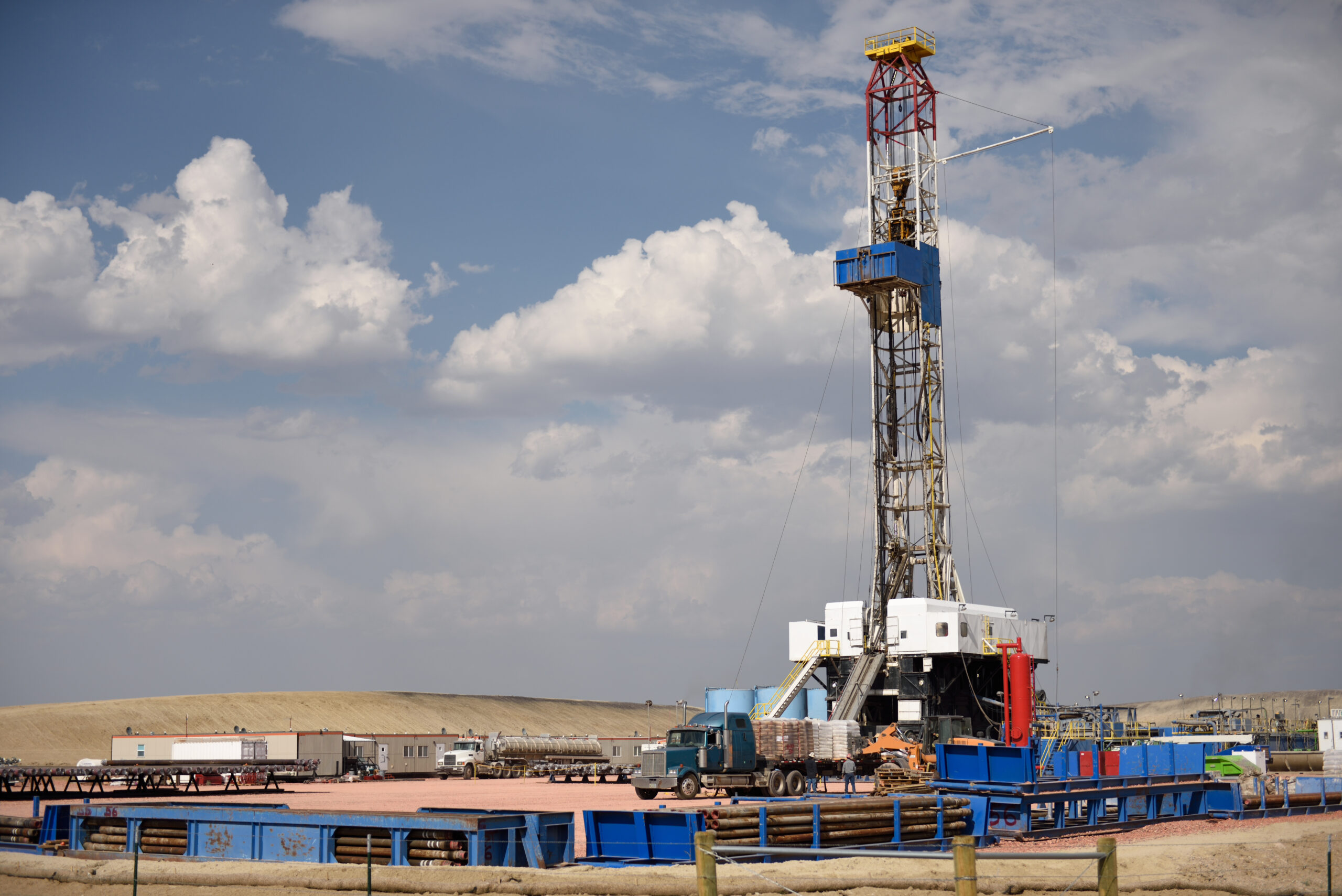Record warm winter leaves U.S. gas glut
U.S. gas prices have crashed as a result of an unusually warm winter. Government data expects conditions of oversupply to continue through next year.

The U.S. just experienced its warmest winter on record, which has suppressed natural gas demand and left markets badly oversupplied. The glut could persist through 2025, according to new data from the U.S. Energy Information Administration (EIA).
Natural gas consumption is heavily influenced by swings in temperatures, with the seasonal peak occurring during winter heating season that lasts from November through March. But climate change — a major driver of which is the burning of fossil fuels — is creating new risks for the gas industry.
The 2023-2024 winter in the U.S. was 5.4 degrees Fahrenheit (3 degrees Celsius) warmer than average, the warmest on record, according to government data.
That meant millions of Americans used a lot less gas this winter. Between November 2023 and March 2024, average U.S. gas consumption in the residential and commercial sectors stood at 35 bcf/d, a decline of 6 percent from last year’s levels and 7 percent below the five-year average.
Total volumes of gas in storage are drawn down by about 2,000 billion cubic feet (bcf) over the course of a typical winter. But this year, gas storage levels dropped by only 1,500 bcf.

Mild weather came at a time when U.S. gas drillers were producing at record levels, with output topping 107 bcf per day in December, an all-time high. Record supply and weak demand resulted in a price crash, with Henry Hub prices falling to multi-decade lows.
Prominent gas producers announced temporary plans to cut gas production. The industry has slashed the number of rigs operating around the country for four weeks in a row. The EIA estimates that U.S. gas production has declined to 103 bcf/d in March, a reduction of almost 4 percent since the start of the year.
The agency sees gas prices averaging $2 per million Btu (MMBtu) in 2024, a sharply lower forecast than previously. Last October, the EIA thought prices would average $3.20/MMBtu in 2024.
Looking forward, the surplus could persist through the rest of this year and into next year. Prices are expected to average just $2.20/MMBtu in 2025, the EIA said.



